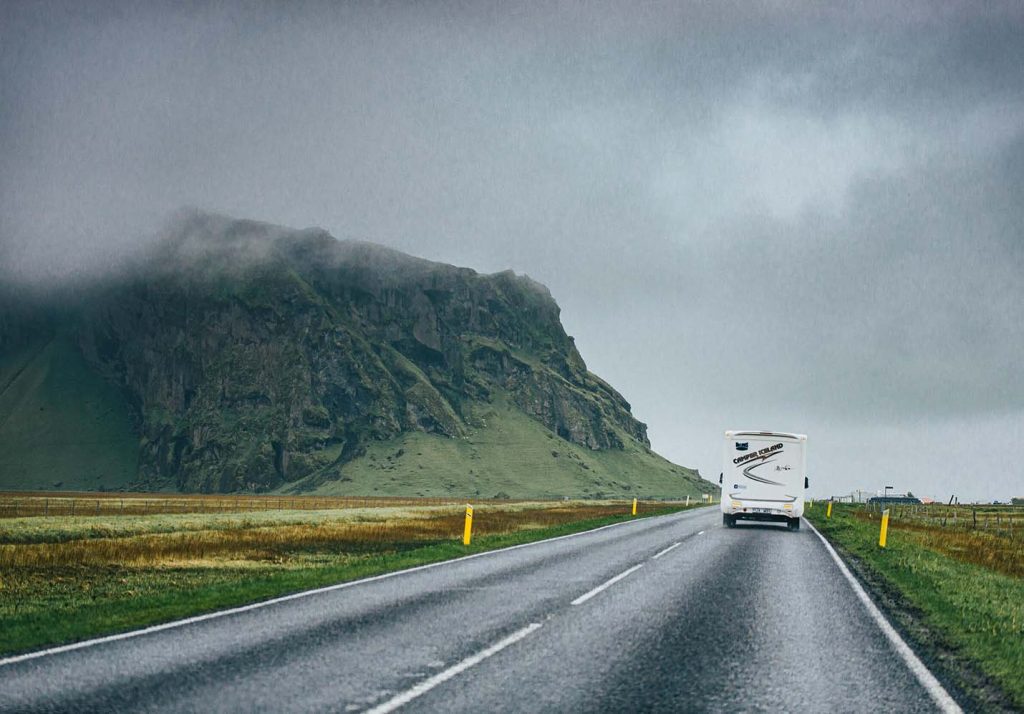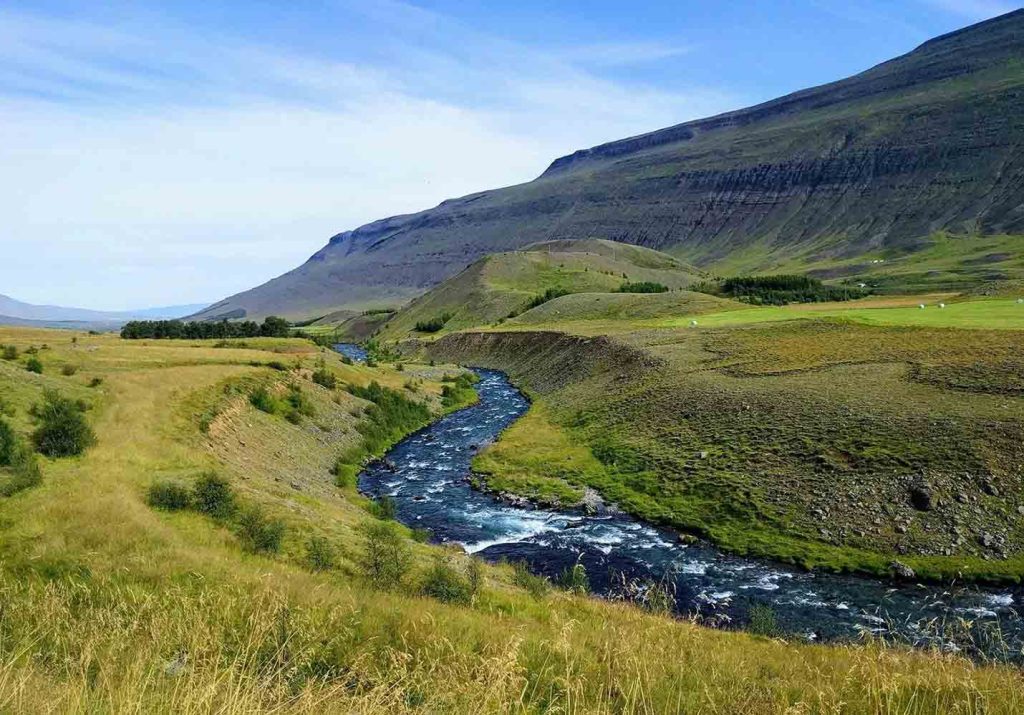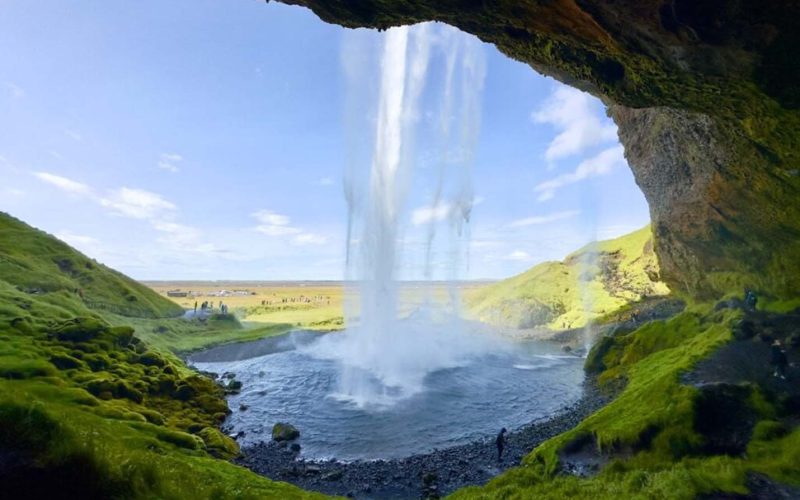How to Plan the Perfect Iceland Trip: From Road Trips to Hiking Adventures
Iceland is often described as a land of contrasts—where glaciers meet volcanic terrain, and rugged landscapes create dramatic backdrops against the vast northern skies. The island offers a variety of activities that cater to all types of travelers. Whether you’re a seasoned hiker eager to tackle challenging terrain or someone seeking the freedom of a self-drive tour through awe-inspiring landscapes, Iceland is a destination that rewards both active adventurers and those who prefer to explore at their own pace. Here’s how to plan the perfect Iceland trip, whether you choose to drive or hike your way through this magnificent country.
Choosing the Right Mode of Exploration: Road Trip or Hiking?
When planning a trip to Iceland, one of the most important decisions you’ll make is how to explore the country’s vast landscapes. Iceland’s relatively compact size means you can experience a great variety of scenery in a short time, but the choice between a self-drive trip and a hiking-focused journey can influence how you interact with its natural beauty. Both options offer unique perspectives on Iceland’s remarkable terrain.

Self-Drive Adventures: The Ultimate Icelandic Road Trip
Iceland is renowned for its pristine, open roads, and driving is undoubtedly one of the best ways to experience its wonders. The country’s famous Ring Road, which loops around the entire island, covers most of the main attractions. This self-drive experience allows travelers to enjoy Iceland’s diverse landscapes—from black sand beaches to ice-capped volcanoes—while enjoying the flexibility to stop at scenic spots as often as desired. However, before hitting the road, there are a few things you should keep in mind.
- Car Rental: Renting a car is easy, but selecting the right type of vehicle depends on your travel plans. A standard car will do just fine for exploring the Ring Road and lowland areas. However, if you plan to venture into Iceland’s highlands or along some of its gravel roads, a 4×4 vehicle is highly recommended. Always make sure to choose a car with GPS to navigate the sometimes tricky routes.
- Road Conditions: Iceland’s weather can be erratic, with fog, rain, and snow common even during warmer months. Always check road conditions before starting your trip. Websites like Road.is provide real-time updates on road closures or any hazards. Also, take note that some remote areas are accessible only in summer months, so be sure to research your chosen route’s accessibility.
- Scenic Routes and Must-See Attractions:
- The Golden Circle: The Golden Circle is perhaps the most famous route in Iceland, taking you to some of the country’s most iconic landmarks. Start at Þingvellir National Park, a UNESCO World Heritage site and the location of Iceland’s ancient parliament. From there, head to the Geysir geothermal area to witness the erupting Strokkur geyser. The final stop is the magnificent Gullfoss waterfall, a two-tiered beauty that roars down a deep gorge.
- South Coast: Continuing along the south, you’ll encounter some of Iceland’s most awe-inspiring natural wonders. Take a short hike behind Seljalandsfoss waterfall and marvel at the sight of Skógafoss, one of Iceland’s largest waterfalls. Don’t forget to visit Reynisfjara beach, famous for its black sand and basalt columns. As you head further east, the Jökulsárlón glacier lagoon offers surreal scenes of icebergs floating lazily in a crystal-clear lake, surrounded by the Vatnajökull glacier.
- The North: While the southern coast gets much of the attention, North Iceland offers equally mesmerizing views. Akureyri, Iceland’s second-largest city, is often called the “Capital of the North,” and it’s a great base for exploring the surrounding areas. The Mývatn region, with its bubbling hot springs, volcanic craters, and pseudo craters, is a must-see for nature lovers. The nearby Goðafoss waterfall is another popular stop, known for its beauty and historical significance.
- The Westfjords and Snæfellsnes Peninsula: If you prefer more remote and less touristy areas, consider heading to the Westfjords. The area is known for its dramatic fjords, seabird cliffs, and isolated fishing villages. Similarly, the Snæfellsnes Peninsula, often referred to as “Iceland in Miniature,” offers a condensed version of Iceland’s most stunning features, including the Snæfellsjökull glacier and the picturesque fishing village of Arnarstapi.
Hiking Adventures: Discovering Iceland on Foot
While a road trip provides a broad overview of Iceland’s beauty, hiking gives you an intimate connection with the country’s landscape. Iceland is home to a range of hiking trails, from short walks to multi-day treks, allowing you to explore some of its most remote and scenic areas. Hiking also provides the opportunity to encounter Iceland’s wildlife, such as reindeer, Arctic foxes, and a variety of bird species.
Some of the best hiking routes include:
- Laugavegur Trail: This classic 55 km hike is one of the most popular in Iceland. Starting in Landmannalaugar, a region renowned for its colorful rhyolite mountains, the trail leads you through hot springs, lava fields, and glaciers, ending at Þórsmörk, a verdant valley surrounded by towering peaks. It’s typically done in 4-6 days, with the option to stay in mountain huts along the way.
- Fimmvörðuháls Hike: This 25 km trail, which takes you from Skógafoss to Þórsmörk, is one of Iceland’s most rewarding hikes. The route passes through volcanic landscapes, craters, and active geysers, and it offers spectacular views of glaciers and waterfalls. The hike takes about 8-10 hours and can be physically demanding, but the experience is unforgettable.
- Hornstrandir Nature Reserve: Located in the remote Westfjords, Hornstrandir is a haven for wildlife enthusiasts. The area is only accessible by boat or on foot, which means you’ll experience complete solitude in this pristine wilderness. Hiking here is challenging, but it offers unparalleled views of cliffs, fjords, and wildlife, including Arctic foxes.
- Glymur Waterfall Hike: This relatively short hike (about 3-4 hours) leads to the second-highest waterfall in Iceland. The path takes you across a river, through forests, and along steep cliffs. The reward is the panoramic view of the Glymur waterfall plunging into a deep canyon.

Accommodation Options: Where to Stay
Accommodation in Iceland varies depending on your budget and travel style. While Reykjavik has a wide range of hotels and hostels, rural areas offer more unique experiences, from mountain huts to glamping.
- Hotels & Guesthouses: In towns and cities like Reykjavik, Akureyri, and Vik, you’ll find plenty of well-equipped hotels and guesthouses. Options range from budget-friendly hostels to more luxurious boutique hotels. Many accommodations offer views of the surrounding landscapes, making them a great place to unwind after a day of exploring.
- Camping: For those who want to immerse themselves in nature, Iceland offers numerous campgrounds scattered across the island. These sites range from basic plots with no facilities to fully-equipped campgrounds with showers and kitchens. It’s a great way to save money and wake up surrounded by Iceland’s stunning landscapes.
- Campervans: Another popular option for road-trippers is renting a campervan. This offers both flexibility and convenience, as you can travel at your own pace and stay in remote areas without needing to book accommodations in advance. It’s the ideal option if you prefer to camp but want a bit more comfort.
- Mountain Huts: For those tackling multi-day hikes, staying in mountain huts along trails like the Laugavegur or Fimmvörðuháls is a must. These basic but cozy huts offer a place to rest and rehydrate, and they’re often located in some of the most remote and beautiful parts of Iceland.
Packing Essentials for Iceland
Packing for Iceland can be tricky, as the weather can change rapidly. Here’s what you’ll need to bring to ensure you’re prepared for any adventure:
- Waterproof & Windproof Clothing: The weather in Iceland can be unpredictable, with rain and strong winds a constant possibility. Be sure to pack a high-quality waterproof jacket, pants, and sturdy boots.
- Thermal Layers: Iceland can be cold, even in the summer months, so packing layers is essential. Thermal underwear, fleece jackets, and woolen socks will keep you warm in the chilly weather.
- Sturdy Hiking Boots: If you plan on hiking, comfortable and durable hiking boots are essential. Ensure they are waterproof and provide ample ankle support.
- Navigation Tools: Whether you’re hiking or driving, navigation is important. A GPS device, offline maps, or apps like Google Maps and Maps.me will help you navigate Iceland’s sometimes remote roads and trails.
- Reusable Water Bottle: Iceland’s tap water is some of the purest in the world, so bring a reusable water bottle to stay hydrated and reduce plastic waste.
- Camera & Binoculars: Iceland’s landscapes are photogenic, and you’ll want to capture its dramatic beauty. Don’t forget to bring a good camera, and if you’re a nature lover, binoculars will help you spot birds and wildlife.
Final Tips for a Perfect Iceland Trip
- Plan Your Route in Advance: Although Iceland is easy to navigate, some areas, especially the highlands, are only accessible in the summer. Planning your route and booking accommodations in advance ensures you don’t miss out on must-see spots.
- Check Weather and Road Conditions Daily: Given Iceland’s rapidly changing weather, checking websites like Vedur.is (for weather) and Road.is (for road conditions) will ensure you stay safe during your trip.
- Respect Nature: Iceland’s pristine environment is fragile, so be sure to follow Leave No Trace principles. Stick to marked trails, respect wildlife, and avoid disturbing the natural surroundings.
- Budget Wisely: While Iceland is a once-in-a-lifetime destination, it can also be expensive. Plan your meals, accommodations, and activities to stay within budget. Consider cooking your meals or dining in local cafes to save money.
Whether you’re venturing along Iceland’s stunning roads or trekking through its rugged terrain, there’s something truly magical about this island nation. By carefully planning your route, choosing the right accommodations, and packing appropriately, you can experience the best of Iceland, from glaciers to volcanoes, waterfalls to fjords. Whether you’re exploring by car or on foot, Iceland will undoubtedly leave you with memories that last a lifetime.
